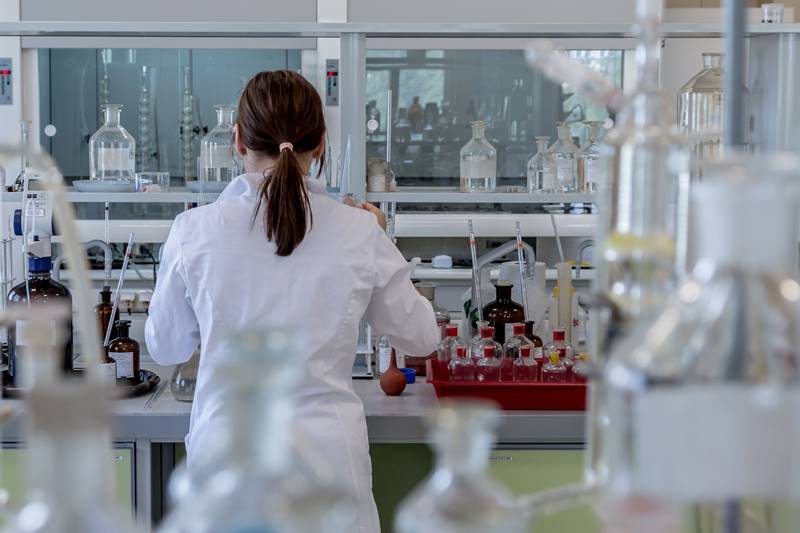

If you are sexually active, the chances of contracting a Sexually transmitted disease (STD) increase especially if you invariably engage in unprotected sex. Most STDs are asymptomatic at least in the early stages and may be hard to detect without a proper test. It is recommended for sexually active people to go for STD testing on a regular basis so that in case they get infected, the STD is detected in the early stages when it is easier to manage or cure it. However, many people fail to go for regular STD testing particularly when they think just because they use protection during sex they are not at risk of infection, which is not the case. The following are some of the symptoms associated with STDs that you need to look out for.
Unusual Discharge from the Penis or Vagina
The color, smell and texture of an abnormal discharge coming from your private parts can help you know when you’ve been infected with an STD. Depending on the STD contracted; the discharge may start a few days after intercourse or even months later. It may be colorless, yellowish, cloudy or bloody. In some cases the discharge is odorless, but sometimes a pungent, fishy smell could be detected as a result. This symptom is associated mostly with gonorrhea, trichomoniasis and chlamydia.
Itching Sensation in the Private area
Itching is normal, but when you have a strong, persistent itching or burning sensation in your genital areas or the anal region, it is probably time to visit your doctor. In other cases, the man or woman may experience a burning sensation every time they urinate.
Unusual Sores and Rashes
Sores and rashes are common in everyone’s body. However, their appearance on the genital parts or the mouth can indicate that you’ve contracted an STD. For instance, painless sores appearing near the genital area suggest that the man or woman has contracted syphilis. Painful blisters and sores in the genital areas or mouth indicate that the person could have contracted herpes. Small bumps or a group of bumps in the genital area, also called genital warts, are symptoms of papilloma.
Pain in the Reproductive Organs
Whenever you experience pain in any part of the body, you immediately know that something is not right. After contracting an STD, you may experience some pain in the genital areas. The pain may be constant, during sex, or when urinating. In most cases, pain in the genital regions indicates that the STD could be at an advanced stage hence requiring immediate medical attention.
Irregular Menstrual Cycle in Women
Some STDs have been known to cause unusual menstruation in women. For instance, the woman may experience heavy periods, bleeding during sex, bleeding between periods. Chlamydia is commonly associated with irregular menstruation in women and can even cause infertility if unattended to.
There are many more symptoms that may indicate that you may be suffering from an STD. If you ever experience any of the symptoms above, it is vital to seek medical attention immediately. If you are sexually active, it is recommended to go for STD testing regularly to de be on the safe side. This will not only help detect and control STIs when they are in their early stages but also help avoid spreading it to other people. Members of the transgender community may seek trans healthcare services for regular std testing.

Leave a Reply